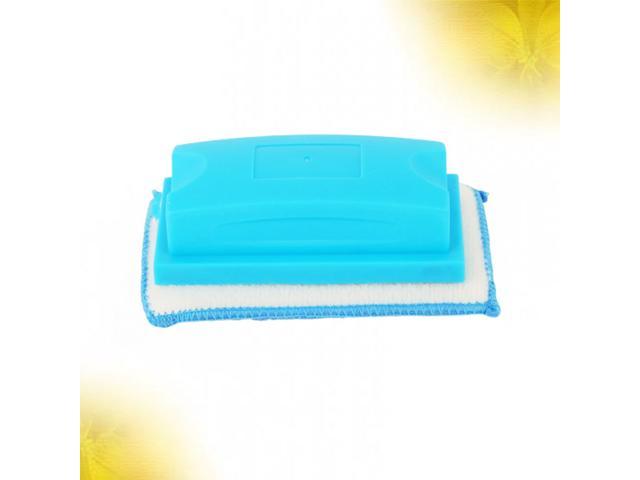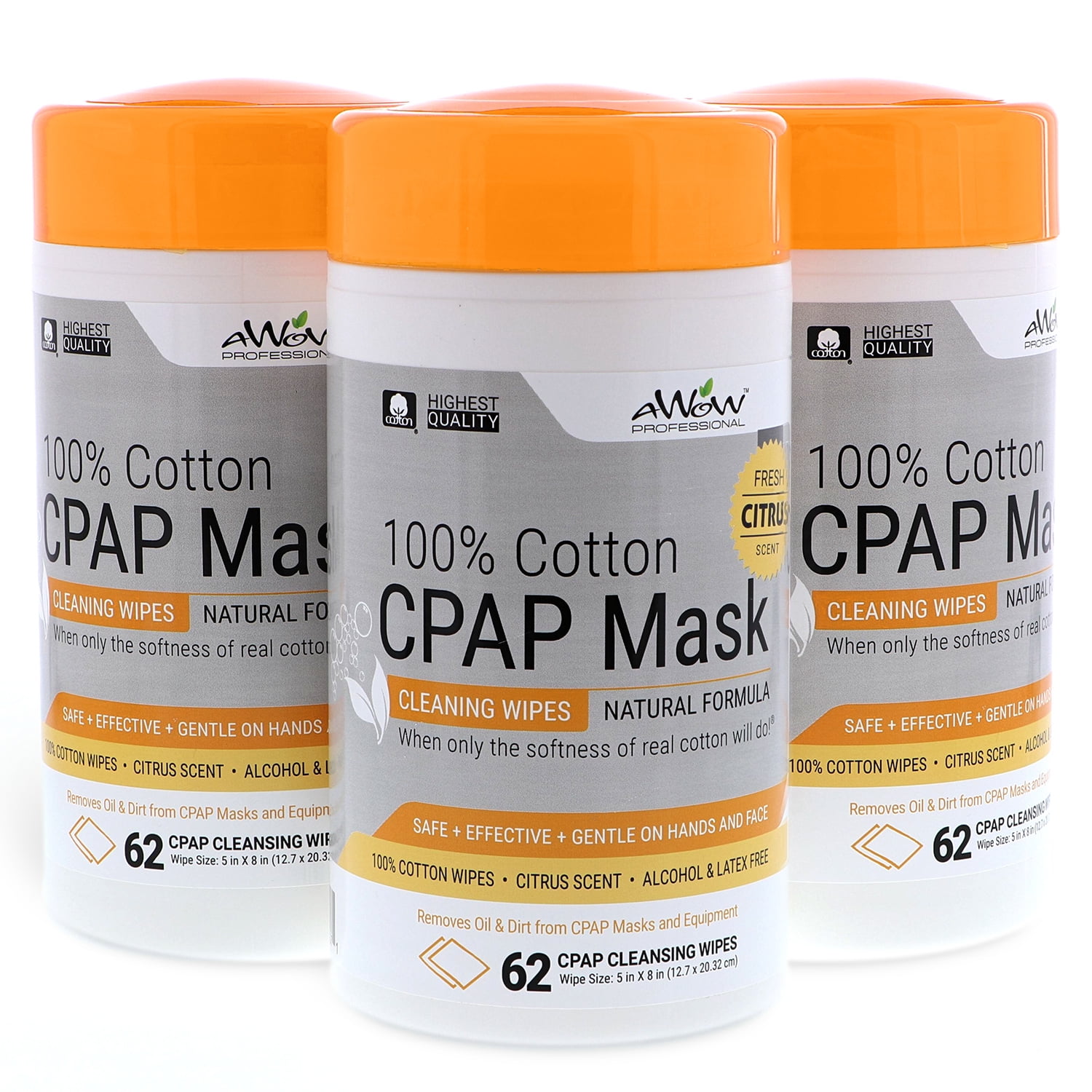

For all devices the CFU/cm² reduced to well within accepted limits following cleaning by both researcher and care staff member.Ĭompanion robots will acquire significant levels of bacteria during normal use. The bacteria identified were micrococcus species, coagulase negative staphylococcus, diptheriods, aerobic spore bearers, and staphylococcus aureus, all of which carry risk for human health. Most robots acquired microbial loads well above an acceptable threshold of 2.5 CFU/cm² following use. Colony counts were measured by colony forming units per square centimetre (CFU/cm²). Samples were collected using contact plate stamping and evaluated using aerobic colony count and identification (gram stain, colony morphology, coagulase agglutination). Two samples were taken from each of eight robots in stage one and two robots in stage two (20 samples total). The cleaning process involved spraying with anti-bacterial product, brushing fur-type shells, followed by vigorous top-to-tail cleaning with anti-bacterial wipes on all shell types.

Stage two involved a similar process with two robot animals, but a care staff member conducted cleaning. Robot animals provided a range of shell-types, including fur, soft plastic, and solid plastic. In stage one we assessed microbial load on eight robot animals after interaction with four care home residents, and again following cleaning by a researcher. We assessed (i) how microbiologically contaminated robot animals become during use by older people within a care home and (ii) efficacy of a cleaning procedure.

Little related research has been published. However, nursing and care staff we contacted expressed infection control concerns. Paro and other robot animals can improve wellbeing for older adults and people with dementia, through reducing depression, agitation and medication use.


 0 kommentar(er)
0 kommentar(er)
